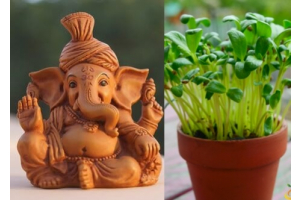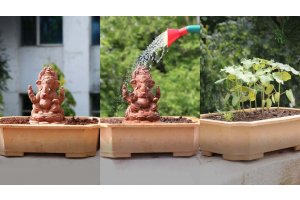I designed terracotta necklaces as a hobby in my free time. Jewellery making is good busy work for idle hands. But when my handcrafted masterpieces started to garner repeated compliments from friends, I wondered, “Could my hobby really become a legitimate business?”
Whatever your motivation or skill level, starting a jewellery making business comes with its own set of considerations and complications. For one thing: it’s crowded out there. Jewellery making is a viable business idea for hands-on creatives, looking to learn a new trade and dive wholly into fine metalworking or handmade designs.
Scope Of Your Jewellery Business
It’s a saturated market but there’s still wiggle room for newcomers who can bring a fresh take to an old-school craft or carve out a new niche. Within the wedding industry, customer tastes are shifting to less traditional and more personal, increasing demand for smaller designers working in alternative and less expensive materials. An industry once dominated by high-end designers and massive chain retailers has a few opening spots on the elite guest list.
What’s Your Angle?
![]()
The first question to ask yourself is: fine or fashion? Or maybe your interest lies somewhere in between. Each category has its own materials, production processes, price points, and customer profiles:
- Fashion or Costume Jewellery:
- Follows trends
- Inexpensive metals and materials (bead, wire, plated metal, plastic, synthetic gems, etc.)
- Lower price point, sometimes mass-produced
- Everyday/trendsetter customer
- Example: ribbon choker with plated silver pendant
- Fine Jewellery:
- Precious and semi-precious metals and gems
- Higher price point, excellent craftsmanship
- Luxury/wedding/occasion customer
- Example: diamond engagement ring
- Other/in-between:
- This category covers everything else from mid-range materials (or high-low mix of textile, metals, gems, wood, 3D printing, acrylic, etc.) to jewellery defined as art (collectible, ooak) or craft (highly skilled craftsmanship like terracotta)
- Emphasis on design and uniqueness
- Price point varies but usually mid-range
- Occasion/statement, design-savvy/collector/gift-giving customer
- Example: structural laser cut acrylic statement necklace
Once you’ve narrowed down the broad category for your jewellery business, carve out a niche for your products. Start by defining your ideal customer (classic, trendsetter, brides, socially conscious consumers, etc.), and decide whether your products are occasion-specific (wedding, party, every day, etc.).
Trends
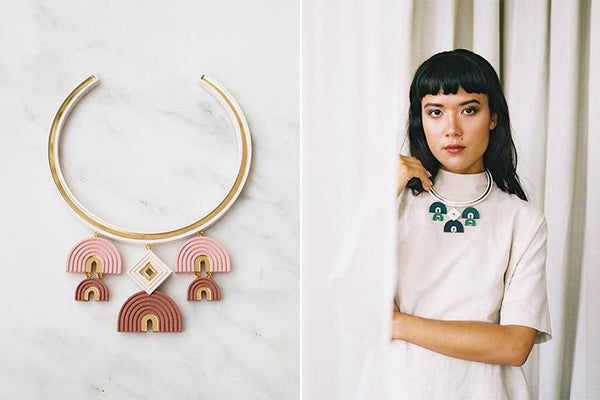
Researching trends are one way to determine (and validate) your chosen direction. Make reading fashion and jewellery blogs part of your daily routine to stay on top of trends for each upcoming season.
From Google Trends, you can see a broad global search for a particular term. Alternately, you might opt to offer a customizable experience (engraving, etc.), take an ethical stance (Fair Trade), or cash in on memes or pop culture references. The common thread is a recognizable look that defines your brand and secures repeat business.
Design & Inspiration

Success as a newbie in any facet of the fashion industry depends on strong aesthetic, unique design/product, and consistent branding. Before working with a designer to develop your branding, or before designing individual pieces, run through a few exercises to help define your overall signature.
Mood & Inspiration Boards:
Depending on how you like to consume or collect inspiration, you may elect to set up Pinterest boards, design your own digital mood boards, or even assemble inspiration physically on bulletin board or in a sketchbook.
Clip ideas from fashion and jewellery blogs. Collect images, colours, and textures from nature, architecture, fashion, or travel, then identify themes that emerge. Never stop being inspired!
Branding:
Once you’ve established your products’ aesthetic and nailed your customer profile, it should be easier to identify an overall look that will define your brand. Develop the logo yourself using a free online logo-maker. In this case, you’ll still want to spend your budget, however, on professional photos. We’ll discuss the importance of photography for jewellery later in this post.
Branding, however, is more than just the look of your brand. It also encompasses your voice, vision, and story. Fashion purchases are often emotional, and emerging brands can win customers by connecting on a personal level. Tell your story through your about page, inject yourself into your social media posts, and share your process and inspiration for your designs.
Product Design:

Accurate sketches or 3D renderings of your designs are necessary if you’re hiring assembly staff or outsourcing to a manufacturer. There are several options, depending on your skill level and budget:
- Manual design tools: pencils, sketch paper, jewellery design templates; for bead and wire jewellery, use a bead design board
- 2D or 3D design software: Photoshop, Illustrator, GIMP, Inkscape, DrawPlus
- Jewellery-specific design software (best for fine jewellery): JewelCAD
Production & Materials
How you’ll make your products—by hand or in a factory, at home or outsourced—depends on the complexity of the design, price point, materials, and skill level.
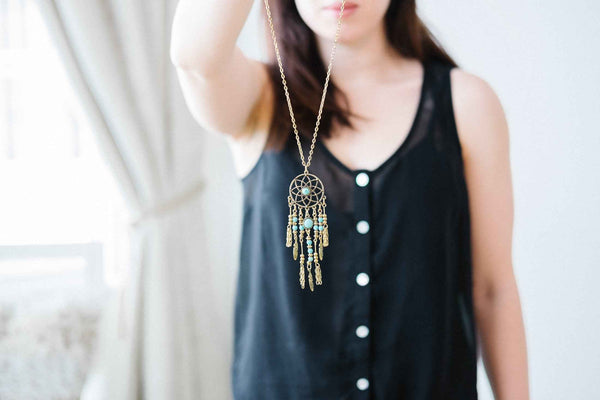
Production: Handcrafted, Custom, & One of a Kind (Fine/Art)
Handcrafting jewellery can be one of the most involved, yet personal and versatile of the production methods. Depending on materials and design, some methods of jewellery production require specialized training/certification and expensive equipment. These methods include:
- Soldering
- Silver/goldsmithing
- Casting
- 3D Printing
- Laser cutting
- Leather tooling
- Weaving
- Gemstone setting
Production: Assembly (Fashion/Costume)
Handmade jewellery often involves, simply, the assembly of existing elements—chain, wire, beads, cast pendants, etc.—and does not require special training or equipment beyond pliers, jewellery hammers, glue, and wire cutters.
This type of business is easier to scale, as elements can be purchased in bulk and assembly can be easily templated and outsourced to interns or staff.

Production: Outsourcing & Fulfillment (Fashion/Costume)
Rather than making the jewellery with your hands, you can elect to have your designs manufactured by someone else. This method is not ideal for fine or custom jewellery but is cost-effective for fashion/costume jewellery produced in larger quantities.
Materials & Tools
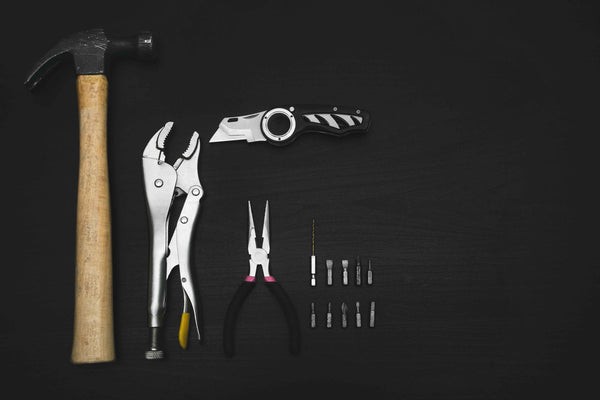
There are several online resources for wholesale jewellery making equipment, tools and supplies including precious gemstones and raw metals. Don't be afraid to ask other designers where they find their supplies.
Get started here:
- Claysphere: Best place to buy all things handmade and unique.
- AliExpress and Alibaba
Education
If you elect to learn a specialized skill like gem setting, there are plenty of jewellery education resources, including formal classes and online tutorials. Look for local workshops and programs, or start with these online resources:
- Claysphere Blog: Jewellery Making Guide
- Howcast: How to Make Jewellery (Video Tutorials)
- Craftsy (Online Classes)
- Annie’s Craft Store (Online Classes)
Workspace & Team
If you elect to make the jewellery yourself or with a small team, setting up a workshop in your living space follows the general guidelines for home office design, with a few additional considerations:
- Maneuverability: Consider the flow of the space, especially if assembly has multiple steps—do you flow from one station to the next in a logical sequence?
- Safety: some chemicals or heats tools involved in jewellery making require proper ventilation, and safety precautions
- Storage: well-organized multi-compartment storage is essential for small parts
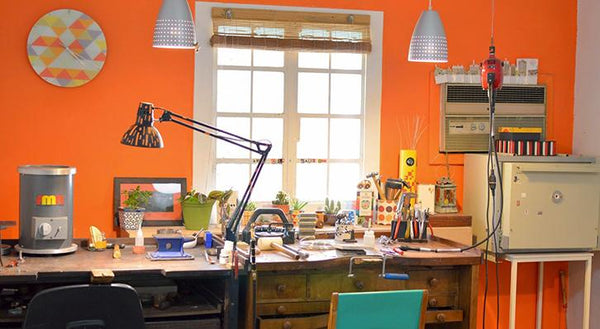
- Maneuverability: Consider the flow of the space, especially if assembly has multiple steps—do you flow from one station to the next in a logical sequence?
- Safety: some chemicals or heats tools involved in jewellery making require proper ventilation, and safety precautions
- Storage: well-organized multi-compartment storage is essential for small parts
Product Photography for Jewellery
product photography in jewellery business is extremely important. In a lot of cases, with a very simple lighting setup, you can achieve great DIY on-white photos of your products, even with your smartphone.

It’s also important to offer two views of your products:
- On white: minimizes distraction, and highlights the details and different angles of the piece, offers a clean, consistent look on collection pages. (Note “white” can also mean another solid color or minimal pattern, like the marble in the example below)
- Lifestyle: to show scale on the body, and suggest styling ideas to customers (often great for upsell–combine multiple pieces into one look). These shots can work on product pages or in a lookbook, and are generally better for social media post.
Additional Reading:
Creating Your Own Website
If you want to go down the route of starting your own jewellery website, then you need to buy a domain name and rent hosting from a hosting company. If you want to do this and don’t know how to build a website is to use website builders.
What you must realise when you have your own website is that you will need to do a lot of marketing (Internet marketing) to get visitors to your site. You will need thousands of visitors per month to see any sales and rewards for your hard work. Internet marketing is a very large subject in itself, so this is something extra you will have to learn.




